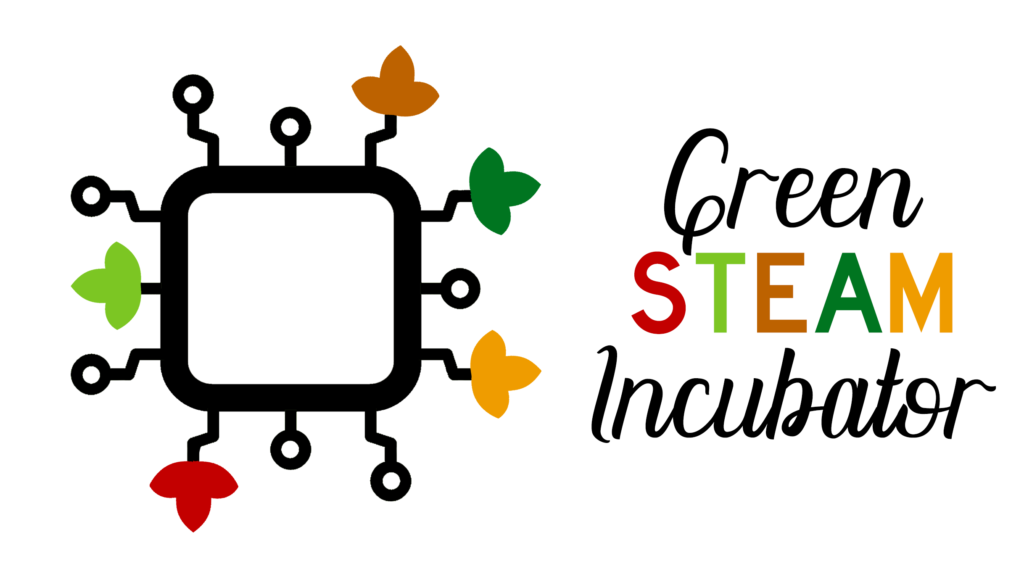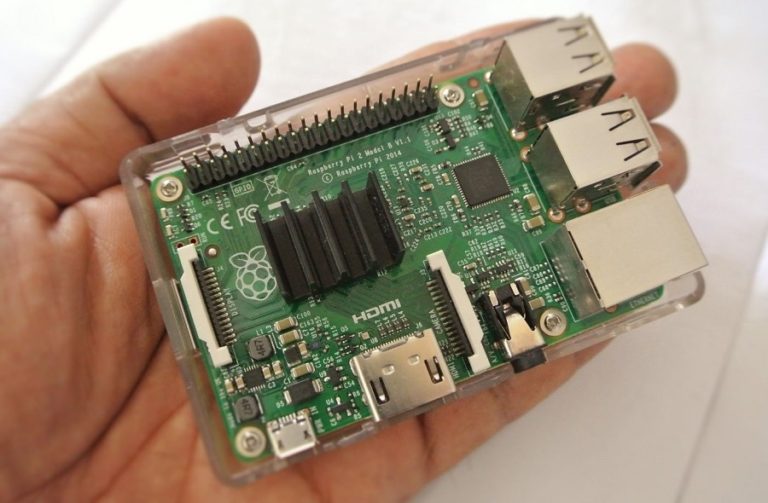As a way of helping set a fertile ground for the promotion of a culture of social enterprises, agrobusiness, and start-ups capable of using recent technological innovations, the project Green STEAM Incubator has developed two different modules that investigate the common borders of STEAM (Science, Technology, Engineering, Arts and Mathematics) and entrepreneurship.
The first module on Microcontrollers takes a total of 30-hour lessons, formulated in a logical order, for young participants who want to gain STEAM-oriented knowledge, capacities, and skills. The coursework is divided into three main chapters that explore: the meaning of microcontrollers and their different types ; how to program in Arduino and upload programs on the board ; and how to manage the ESP8266, a cost-effective and highly integrated WI-FI MCU for IoT applications (link to their website).
The participants of the module are expected to apply this new knowledge on microcontrollers to the agricultural sector, which according to Titovskii et al. (2019), brings many positive prospects such as young graduates and specialists wanting to work in rural areas, the increase of the productivity in rural farms, the relatively low monetary costs of the Arduino platform (which is beneficial for small farms) and the obtention of useful information required for analysis or decision making for the workers at automated agricultural facilities.
You can find the module on Microcontrollers here: IO3.2-GSI-Module-on-Microcontrollers.pdf (steam-incubator.org)
The second module of the project focuses on 3D Modelling. This module consists of 20 hours of lessons that will prepare young participants with more STEAM-oriented knowledge, capacities, and skills. However, this time, the module focuses on 3D modelling and the various possibilities that come with it.
The module aims at introducing young participants to the whole process of 3D printing, from the initial concepts to having a successful print. The participants will finish the course with significant knowledge on design and 3D printing, and with the ability to replicate a vase step by step.
You can find the module on 3D Modelling here: IO4.2-Module-on-3D-Modelling.pdf (steam-incubator.org)
3D printing benefits are mostly known in industries such as the automotive and the manufacturing ones. Nonetheless, the benefits of introducing 3D printing into STEAM-based curriculum have also been documented and widely disseminated throughout the educational system. Positive engagement from the students, critical thinking, new learning possibilities, creative and innovative learning environments, and problem-solving opportunities are just a few of the many advantages that 3D printing brings to the classroom.
Additionally, 3D printing can also be used for agriculture applications. Emily Folk (2020) describes five major innovative applications in which 3D printing can significantly improve the way operations and day-to-day tasks are done by the farmers: the fast customization of tools for specific jobs, the cost-effective solutions it offers to urban farmers, the production of spare parts of equipment in less time for a less total cost, the use of 3D printed gardening structures for indoor gardening, and the planning process of structures like grain facilities.

Overall, the two modules are a great source of knowledge for young learners who are enthusiasts to understand the complex mechanisms we encounter every day, and who may want to work in this area in the future.
To know more about the project, don’t hesitate to watch this video, and of course, keep following us!
Sources:
Titovskii, S. N., Titovskaya, T. S., & Titovskaya, N. V. (n.d.). The future of the application of microcontrollers in the agriculture digitalization. Http://Elib.Sfu-Kras.Ru/Bitstream/Handle/2311/129735/Arduino_0.Pdf?Sequence=1. Retrieved January 1, 2022, from http://elib.sfu-kras.ru/bitstream/handle/2311/129735/arduino_0.pdf?sequence=1
ESP8266 Wi-Fi MCU I Espressif Systems. (n.d.). Https://Www.Espressif.Com/En/Products/Socs/Esp8266. Retrieved January 1, 2022, from https://www.espressif.com/en/products/socs/esp8266
3DPrint.com, & Folk, E. (2021, October 18). 5 3D Printing for Agriculture Applications. 3DPrint.Com | The Voice of 3D Printing / Additive Manufacturing. https://3dprint.com/263400/5-3d-printing-for-agriculture-applications/

Visit the project’s website![]() Follow the project on Facebook: Green STEAM incubator
Follow the project on Facebook: Green STEAM incubator
In collaboration with: Citizens in Power, CEPROF, CSI (Center for Social Innovation LTD)

